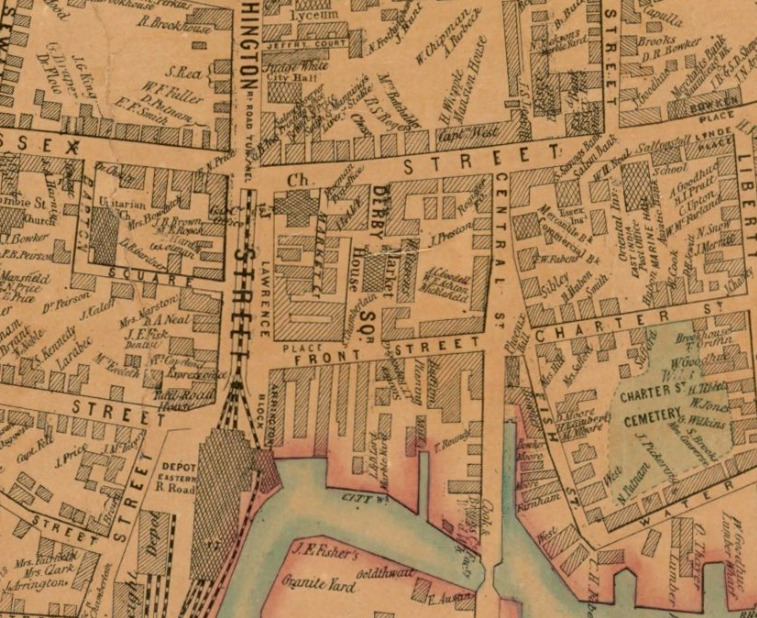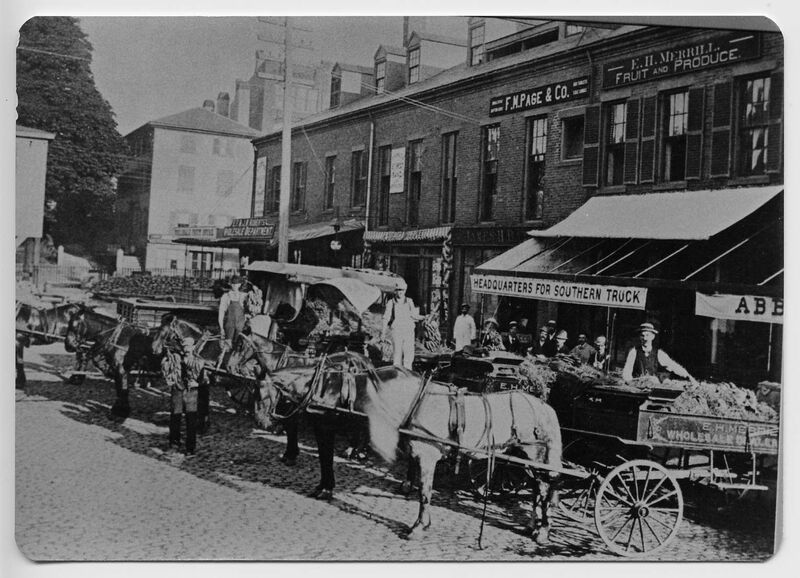Overview
Salem was settled in 1629 as a fishing village. Over the course of the 1600s and 1700's Salem developed a highly prosperous maritime shipping industry, with networks of trade that extended down the Atlantic coast to the Caribbean, and across the Atlantic Ocean. Maritime trade based out of Salem eventually extended to the Pacific Coast, and as far away as China and Indonesia. During the course of the 1800s, merchantile shipping would gradually decline. Salem had a small and shallow harbor. As ships evolved into large-sized clippers and iron steamships, Salem's harbor was too small and shallow for these massive vessels, and it's harbor became obsolete for the shipping trade. As the maritime trade slowly declined, industrial development steadily increased. During the 1800s, Salem was sustained economically by a mixture of maritime trade and industrial factories. Supporting these was a diverse array of provisioning, unskilled and skilled labor, adminstrative services, financial investment and social support institutions.
Before getting into the details about workers in Salem in 1837, let's get an overview of trends in Salem's population during the 19th Century. According to the Federal Census, in 1830 Salem had a population of 13,886 people. It grew to very slightly over 15,000 people in 1837. Thus, Salem was quite a small city at this time. By 1850, Salem would grow to a population of about 20,000 and it would continue to grow to nearly 26,000 people by 1875. In 1837, Salem had a largely white population (98%), with a small and vibrant African American population (2%) (see table below).
Salem, Massachusetts population in 1837
|
|
White Families |
White males |
White females |
|
Total |
|
Ward 1 |
728 |
2152 |
1931 |
|
4083 |
|
Ward 2 |
671 |
1503 |
1912 |
|
3415 |
|
Ward 3 |
773 |
1824 |
2070 |
|
3894 |
|
Ward 4 |
794 |
1600 |
2010 |
|
3610 |
|
|
|
|
|
|
|
|
|
Black Families |
Black males |
Black females |
|
Total |
|
Ward 1 |
|
33 |
25 |
|
58 |
|
Ward 2 |
|
23 |
24 |
|
47 |
|
Ward 3 |
|
77 |
77 |
|
154 |
|
Ward 4 |
|
7 |
5 |
|
23 |
|
|
|
|
|
|
|
|
Children ages 4-16 |
|
|
|
|
3630 (incl. 60 black) |
|
|
|
|
|
|
|
|
Total |
2966 |
7079 |
7923 |
|
15,002 |

